The concept of a VA loan process is relatively straightforward. It’s a mortgage loan that gets insured through the federal government under the management of the Department of Veterans Affairs.
Nevertheless, the entire home acquisition process can seem intricate for a first-time homebuyer. This guide is tailored to offer support in such situations.
It will guide you through the fundamental stages of the VA loan home buying process, commencing with the initial budgeting and concluding with the VA loan closing process at the final closing.
Basic Steps to Buying a Home With a VA Loan
Buying a home generally remains consistent regardless of the type of mortgage loan you opt for. However, borrowers utilizing the VA loan program will encounter a few unique steps within the VA loan funding process.
1. Create a Basic Budget

Starting your home-buying journey with a thorough financial self-assessment is a wise strategy, particularly when considering the down payment for a VA loan.
The objective is to gauge your monthly housing budget comfortably, considering other ongoing financial commitments, such as recurring debts, savings, retirement contributions, and more.
2. Choose a Lender
When opting for a VA loan for a home purchase, it is essential to partner with a mortgage lender offering this specific financing as part of the VA loan pre-qualification process. While many lenders offer VA home loans, some specialize in this particular program.
It’s important to clarify that the Department of Veterans Affairs does not directly extend loans to borrowers. Instead, they offer a partial guarantee to the lender, as mentioned earlier. Therefore, applying for a VA loan necessitates working through a traditional bank or mortgage lender.
3. Obtain your COE
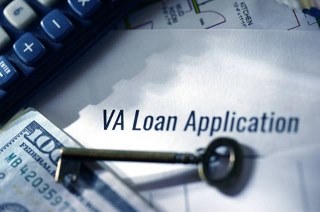
The next step in the VA loan home buying process is to obtain your Certificate of Eligibility, or COE, which is a vital component of your VA loan eligibility.
The VA has streamlined the process for borrowers to obtain their certificate of eligibility, making it more accessible. You can now conveniently request this document on the VA.gov website through a user-friendly portal, requiring only basic information for the VA loan application process.
4. Get Pre-approved for a Maximum Loan Amount
Mortgage pre-approval is another important step in the home-buying process when using a VA loan. This “pre-approval” phase involves a thorough examination by a mortgage lender to establish the maximum amount you can borrow within the VA loan approval process.
It makes sense to get pre-approved first before you start the house-hunting process. You can then narrow your housing search to a specific price range based on your loan amount.
5. Choose a Real Estate Agent

Using a VA loan to buy a property does not require you to use a real estate agent; this decision is totally up to you. Recognize the advantages of seeking professional assistance, especially during the house-hunting phase, as it offers numerous benefits within the VA home loan process.
An expert real estate agent can do a lot of things for you, like finding a house, assessing the seller’s asking price, figuring out a reasonable offer amount based on regional sales trends, and more.
Many homebuyers who attempt to navigate the process independently quickly realize there’s a significant amount they don’t know, particularly related to VA loan credit score requirements. During the home-buying process, this ignorance can lead to expensive blunders.
6. Shop for a Home
With your financing in place and the support of a real estate agent, you are well-prepared to commence the exciting journey of exploring potential houses.
Housing market inventory has experienced a reduction in recent years, which means that achieving all your desired criteria within your budget might be challenging. It’s probable that compromises will be necessary regarding the location, size, and features of the home, whether you are using a VA loan or any other type of mortgage product.
In a competitive real estate market, homebuyers often need to demonstrate flexibility and open-mindedness in their housing search.
7. Make an Offer

When you’ve found a house that meets your criteria and comes within your price range, you can submit an offer to buy it while still sticking to VA loan requirements. This step typically involves using a standardized document, which your real estate agent should supply and assist you with.
The “purchase agreement,” as it is known, will include the amount you’re offering to pay, your proposed closing date, the earnest money deposit amount, and the fact that you are using a VA loan to buy the home.
The seller might agree to your offer or make a counteroffer by altering the sale price or other parameters.
8. The Lender Orders an Appraisal
When a VA loan is being used, the next stage in the house-buying process is often the home appraisal. Prior to closing, the value of any property acquired with a VA-guaranteed mortgage loan must be determined.
The appraiser’s job is to evaluate the house, study it, and compare it to recent sales in the neighborhood to ascertain its fair market worth.
Its primary focus is on figuring out the property’s market worth and whether it complies with the VA’s minimal requirements.
9. Have the House Inspected
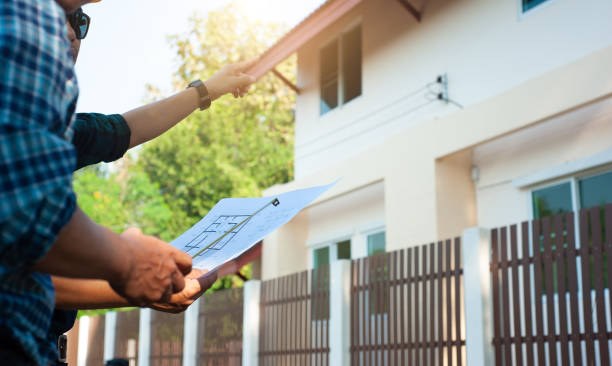
As previously stated, the appraiser’s primary responsibility is to determine the property’s worth and general condition. On the other hand, a home inspector is employed to offer a more thorough evaluation of the home.
A home inspector inspects the home methodically, from the roof to the foundation, while working for you, the buyer, to perform a complete evaluation of the property.
Although a home inspection is not required when utilizing a VA loan to buy a house, it is usually a smart decision to include it as part of the steps to get a VA loan.
According to the Department of Veterans Affairs:
“We strongly recommend that you get an inspection to check for any major defects before you purchase your home. A VA-approved appraiser will also appraise the house to make sure it meets basic property condition requirements (called minimum property requirements, or MPRs), and will provide an opinion of value on the house. Please note that an appraisal isn’t the same as an inspection.”
10. Close on Your New Home
From a homebuyer’s perspective, the closing phase marks the final step in the VA loan home-buying process.
During the closing process, you must examine all the finalized VA loan documents and the property’s sale. Be prepared to sign numerous documents, which can seem overwhelming.
However, it’s crucial not to rush through this step. Take your time to carefully review each document, and don’t hesitate to seek clarification from the escrow or closing agent if you have any questions.
Conclusion
This article has thoughtfully presented the VA loan home buying process, effectively dividing it into 10 easily manageable steps as part of the VA loan timeline.
By dedicating time to thorough research and using this article as your trusted guide, you’ll empower yourself with the knowledge and understanding necessary to confidently navigate the journey toward homeownership.


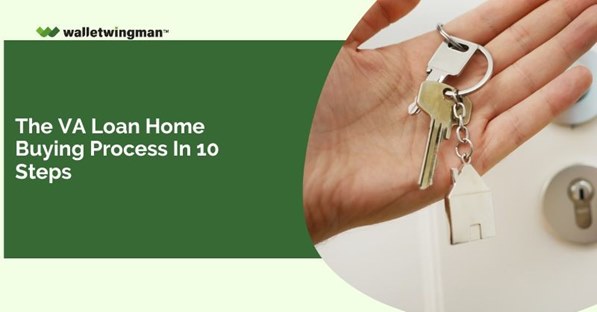
 How to Buy a Condo Unit with a VA Mortgage Loan
How to Buy a Condo Unit with a VA Mortgage Loan 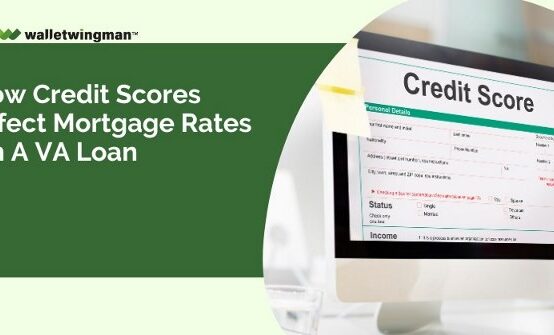 How Credit Scores Affect Mortgage Rates on a VA Loan
How Credit Scores Affect Mortgage Rates on a VA Loan  How Much Can I Borrow When Using a VA Loan to Buy a House?
How Much Can I Borrow When Using a VA Loan to Buy a House? 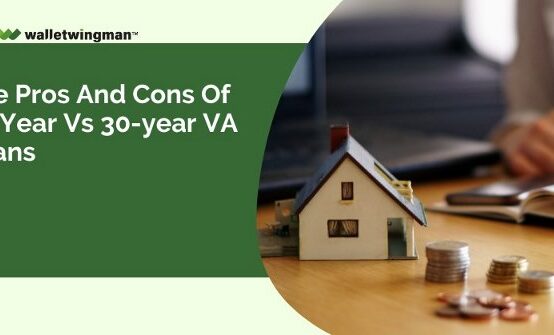 The Pros and Cons of 15-Year vs 30-year VA loans
The Pros and Cons of 15-Year vs 30-year VA loans 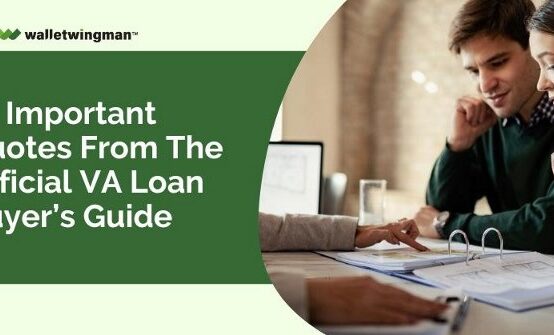 10 Important Quotes from the Official VA Loan Buyer’s Guide
10 Important Quotes from the Official VA Loan Buyer’s Guide 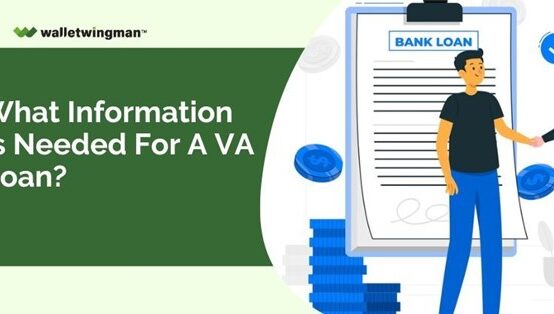 What Information Is Needed for a VA Loan?
What Information Is Needed for a VA Loan? 